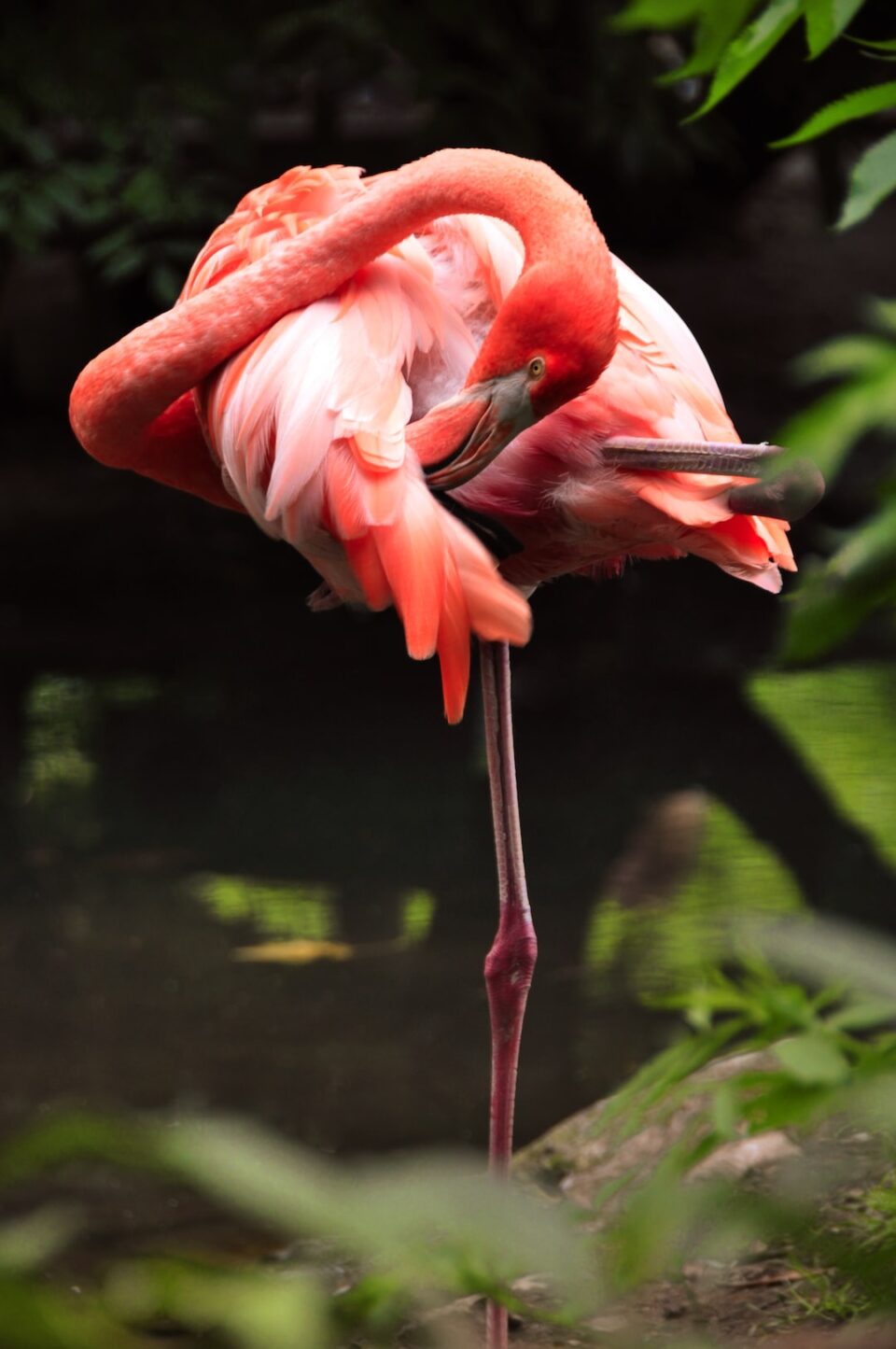The Curious Behaviors of Nocturnal Animals
When the sun sets and darkness engulfs the world, a fascinating array of creatures come to life. Nocturnal animals, as the name suggests, are active during the night. They have evolved unique adaptations to survive in the cover of darkness and exhibit curious behaviors that continue to captivate scientists and nature enthusiasts alike. In this blog post, we will explore some of the most intriguing behaviors of these fascinating creatures.
1. Hunting Strategies:
One of the most remarkable aspects of nocturnal animals is their hunting strategies. While diurnal animals rely on their vision to locate prey, nocturnal creatures have developed exceptional hearing and specialized hunting techniques to compensate for their limited visibility. Bats, for instance, use echolocation, emitting high-pitched sounds and listening to the echoes to detect obstacles and prey in the darkness. Owls, on the other hand, have acute hearing and silent flight, allowing them to swoop down silently on their unsuspecting prey.
2. Enhanced Senses:
In the absence of daylight, nocturnal animals have honed their senses to navigate their environment and find food. For example, the Aardvarks possesses a superb sense of smell, enabling them to detect ant colonies hidden beneath the ground. Similarly, some species of snakes have heat-sensitive pit organs, which allow them to locate warm-blooded prey in total darkness. It’s awe-inspiring to think about how these creatures have adapted to rely on senses other than vision.
3. Camouflage and Color Vision:
Contrary to popular belief, not all nocturnal animals are completely colorblind. Some species, such as the tarsiers, bush babies, and certain owls, possess color vision adapted to low-light conditions. However, the colors they see may differ from those perceived in daylight. Additionally, many nocturnal animals have developed unique coloration and patterns to blend into their surroundings as a form of camouflage. For instance, the luna moth’s green wings allow it to blend seamlessly with the leaves, providing an excellent cover from predators.
4. Reproduction and Communication:
Nocturnal animals have devised intriguing methods of communication and reproduction. Some insects, including fireflies, use bioluminescence to attract mates, creating a stunning display of lights within the darkness. Additionally, a number of nocturnal birds employ complicated vocalizations and calls to communicate with their fellow species, establishing territories and attracting mates. For example, the melodious tunes of the common nightingale reverberating through the night air are truly enchanting.
5. Adaptations for Survival:
Surviving in the nighttime world is not an easy feat. Nocturnal animals have evolved a multitude of adaptations to help them cope with the challenges of darkness. The large eyes of tarsiers, for instance, allow them to gather as much available light as possible. Conversely, some animals, such as the armadillo, possess a strong sense of touch and rely less on vision. Remarkably, a few nocturnal animals have tapetum lucidum, a specialized structure in the eye that reflects light, enhancing their night vision by collecting as much available photons as possible.
In conclusion, the behaviors exhibited by nocturnal animals are nothing short of extraordinary. From their unique hunting strategies and enhanced senses to their communication methods and adaptations for survival, these creatures have truly captured the curiosity and fascination of researchers and nature enthusiasts throughout the ages. As we uncover more about the hidden lives of these nocturnal wonders, we gain a deeper understanding of the diverse and mysterious world that unfolds after the sun sets.

